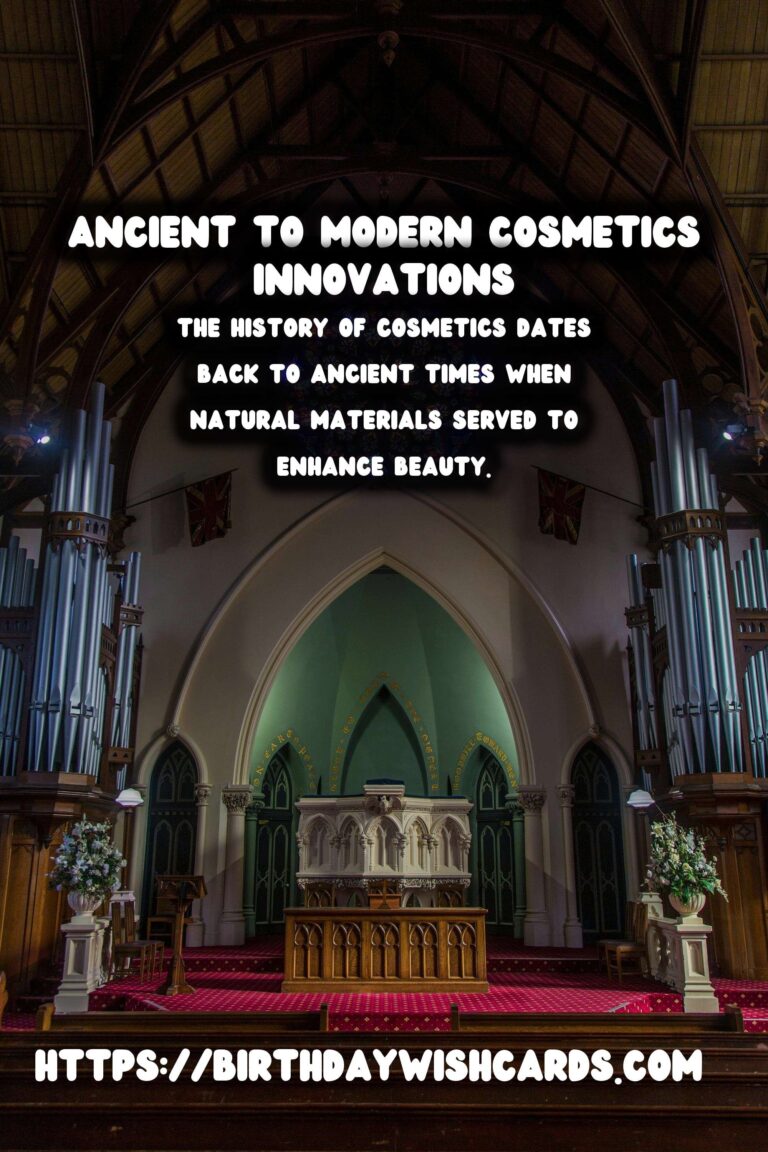
The Ancient Beginnings of Beauty
The history of cosmetics dates back to ancient times when natural materials served to enhance beauty. Archaeological findings suggest that humans have been using various forms of cosmetics for over 6,000 years. From the vibrant kohl eyeliner used by the Egyptians to the white lead face powders of the Romans, cosmetics have always played a crucial role in cultural rituals and societal norms.
In ancient Egypt, both men and women wore makeup as a symbol of wealth and status. Kohl, a dark resin-like substance, was applied around the eyes not only as an aesthetic preference but also for its believed spiritual protection and medicinal purposes. Fast forward to ancient Greece and Rome, cosmetics became more about accentuating features—using olive oil-based lotions and mixing natural dyes for lip and cheek tints.
Natural Ingredients and Early Innovations
Across various cultures, the ingredients for cosmetics were derived from natural resources. The use of beeswax, olive oil, and rose water were prevalent in early cosmetic formulations. In China, rice powder was widely used to whiten the face, displaying a preferred pale complexion.
During the medieval period, the use of cosmetics declined due to religious beliefs that associated vanity with sin. Yet, this did not hinder its use entirely. People often found subtle and ingenious ways to enhance their appearance without drawing overt attention.
The Renaissance and Cultural Shifts
The Renaissance period saw a resurgence in the popularity of cosmetics. The influence of Italy and France during this time introduced more luxurious products made from exotic materials. Perfumes became a status symbol, while the pursuit of beauty began to include more rigorous skincare regimes involving honey, milk, and vinegar.
19th and 20th Century Developments
The industrial revolution marked a significant turning point in the production and availability of cosmetics. With the advent of mass production, cosmetics became accessible to the masses. New ingredients were developed thanks to advances in chemistry, leading to safer and more diverse cosmetic products.
The 20th century was a vibrant era for cosmetics: Hollywood and the rise of influential beauty icons such as Marilyn Monroe and Audrey Hepburn popularized bold red lips and dramatic eye makeup. The widespread marketing of products emphasized both glamor and luxury.
Modern Innovations and Sustainability
Today, the cosmetics industry continues to innovate, integrating technology and sustainability. From makeup that reacts to body chemistry to formulations free from harmful chemicals, the emphasis is increasingly on health and ecological responsibility.
The rise of organic and cruelty-free products is at the forefront of consumer demands. Brands are leveraging technology, like augmented reality, to allow virtual try-ons, while AI and data analytics personalize consumer experiences like never before.
Conclusion
From ancient dyes to modern innovations, the journey of cosmetics reflects broader cultural and technological transformations. As the industry continues to grow, driven by advancements and an increased focus on environmental and ethical standards, the way we view and use cosmetics will undoubtedly evolve further.
The history of cosmetics dates back to ancient times when natural materials served to enhance beauty. From ancient dyes to modern innovations, the journey of cosmetics reflects broader cultural and technological transformations. 









#cosmetichistory #beautyinnovations




